How to safely charge a motorcycle battery?
A discharged battery? Nothing difficult, just use a charger and quickly recharge it yourself! Excited for another ride, you put on your full gear, hastily put on your helmet, and slip on your gloves. You pull your motorcycle out of the garage and jump on it as quickly as possible to let your imagination take over and beautify another day for yourself. You turn the ignition key (if you have one), press the starter button, and... nothing... or you only hear the slow rotation of the crankshaft and the hesitant movement of the piston. You know that feeling when the battery unexpectedly discharges? If you don't have a kickstarter, either connect the battery to a charger and patiently wait or try forcefully kick-starting the motorcycle. Unless you have a spare battery or a modern, efficient power bank that can be connected to the battery.
- 16 June 2023
- Published by MD
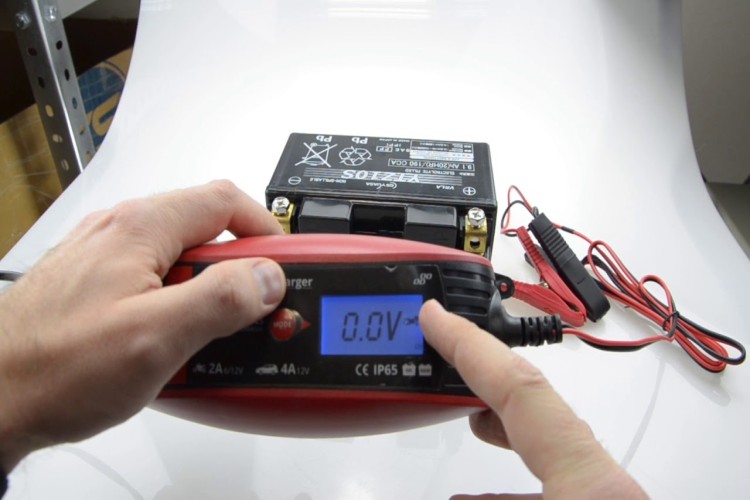
Motorcycle Batteries - Types
Currently, maintenance-free gel batteries and AGM (Absorbent Glass Mat) batteries are used in motorcycles. Gel batteries replace the liquid electrolyte with a gel made of sulfuric acid and silica. AGM batteries, on the other hand, store the electrolyte in a separator made of fiberglass mat, which protects it from leakage.
- The common characteristics of both battery types are:
- Ability to operate in any position
- No need for electrolyte control and replenishment
- No risk of electrolyte leakage
- High resistance to shocks and vibrations
There are also some differences that lead certain motorcycle manufacturers to opt for more expensive AGM batteries.
AGM batteries have more favorable electrical parameters, allowing them to handle higher current loads during engine startup. In this aspect, gel batteries are significantly inferior in capabilities.
AGM batteries have a longer lifespan and noticeably higher prices compared to their gel counterparts. They are typically installed in larger and more expensive motorcycle models.
AGM batteries tolerate low temperatures better but are more sensitive to overheating. However, gel batteries have a certain advantage - they are much more resistant to deep discharge and require less specific charging methods compared to AGM batteries.
It is important not to use a different battery type than what is recommended by the motorcycle manufacturer. Installing a gel battery in a vehicle designed for an AGM battery will result in a shortened battery life due to excessive starting loads and a different charging process. In more advanced motorcycles, problems with electronics and "strange" computer errors may also arise. Using an AGM battery in place of a gel battery should not cause such serious issues, but in some cases, it may negatively impact the battery's durability. For example, motorcycle designers place AGM batteries away from the engine and radiator to prevent overheating. The location for a gel battery may have poorer cooling, and an AGM battery installed there would operate under less favorable thermal conditions.
Charging with a smart charger
To avoid this, it's worth regularly checking the battery's condition using a voltage meter or a multimeter. However, if the time comes when we need to charge our battery, we should ensure that we have a suitable charger. The best options are intelligent devices with a microprocessor that automatically regulate the charging current, shut off after the battery is fully charged, and do not require disconnecting the battery from the motorcycle's system. In their case, all you need to do is connect the charger to the power source, attach the clamps to the battery, turn on the device, and set the charging mode (if available). After the charging is complete, you will receive a notification that the battery is fully charged, and you can disconnect the charger.
Charging with a basic charger
However, if you don't have such a charger, the best approach is to remove the battery from the motorcycle, connect it to a charger, adjust the current to match the battery's recommended voltage (information can be found on the battery casing), and charge it at a rate of 1/10 of its capacity (e.g., 1.4 A for a 14 Ah battery) for an extended period of time (approximately 10 hours). It's needless to say that investing in a charger with a microprocessor is a better option. This way, you'll save yourself unnecessary stress, a significant amount of time, and potential costs!
Battery Killer - Deep Discharge
Significant damage to the battery can occur if it becomes deeply discharged and is left in that state. This can happen, for example, if you leave an electrical device on while parking or if you leave the motorcycle unused for an extended period of time (several weeks, months) without recharging the battery. Modern gel batteries are not as sensitive to this as older designs, but it is still one of the more serious offenses in motorcycle battery usage. When deep discharge occurs, it is crucial to recharge the battery as soon as possible.
Jump-starting with Jumper Cables
If you encounter a dead battery while on a journey, you can "borrow" power from another motorcycle or car.
Here's how to do it correctly:
- Position the vehicles so that their batteries can be connected with jumper cables.
- Ensure that all unnecessary electrical devices on your motorcycle are turned off. Also, turn off the ignition.
- Connect one end of the first cable to the positive terminals of both vehicles' batteries.
- Connect one end of the second cable to the negative terminals of both vehicles' batteries.
- Turn on the ignition and allow the auto-test to complete (if your motorcycle performs one). Attempt to start your motorcycle as you normally would.
- Once the engine starts running smoothly, disconnect the negative cable from both vehicles.
- Repeat the same process for the positive cable.
- Keep the engine running for as long as possible and minimize the use of unnecessary electrical devices.
It is quite common to perform this procedure with the donor vehicle's engine running. This is particularly justified if you expect the donor vehicle to have trouble starting its own engine afterward or if the recipient vehicle's engine has significantly larger capacity than the donor's. In such cases, every watt of power from the running alternator can be beneficial. However, it is important to note that there is a risk to the donor vehicle's electrical system if its battery is not securely connected (e.g., loose terminal). Starting the engine may strain the donor vehicle's electrical system, potentially causing damage to the charging circuit.
Subscribe to our newsletter
You may be also interested in
Go to blog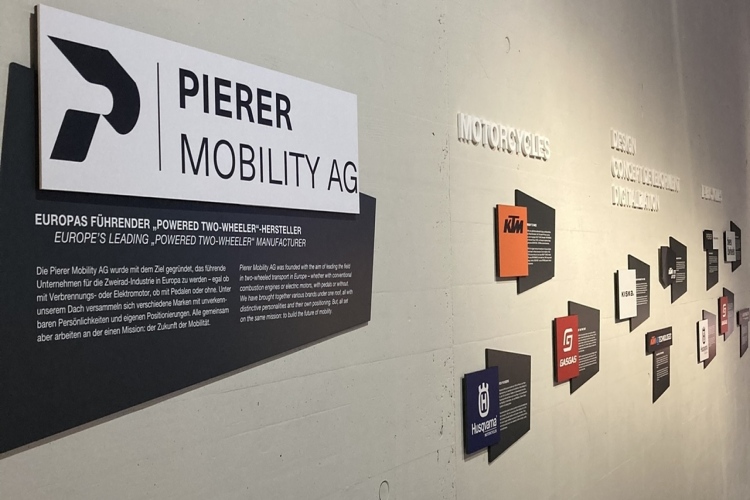
KTM is going bankrupt?
Recently, the media has been circulating numerous reports about the problems of Pierer Mobility AG - the owner of the KTM, Husqvarna, GASGAS and MV Ag...
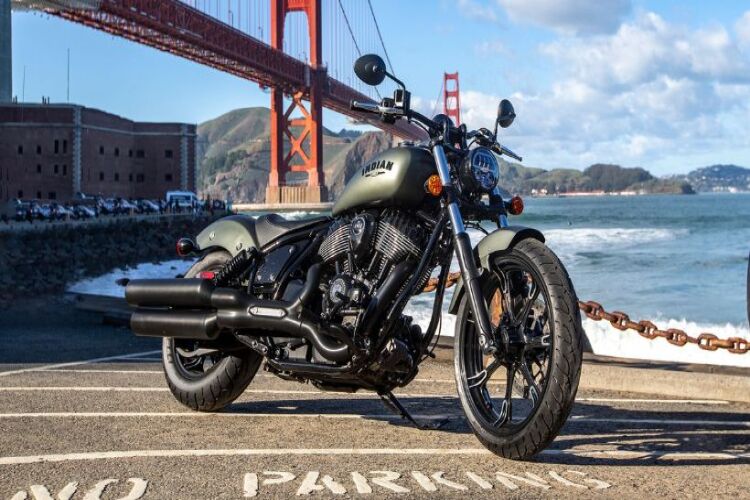
Best Cruiser Motorcycles of 2024-2025
Are you ready to explore the world of cruiser motorcycles in 2024-2025? Whether you're a seasoned rider or just starting out, this year brings an exci...
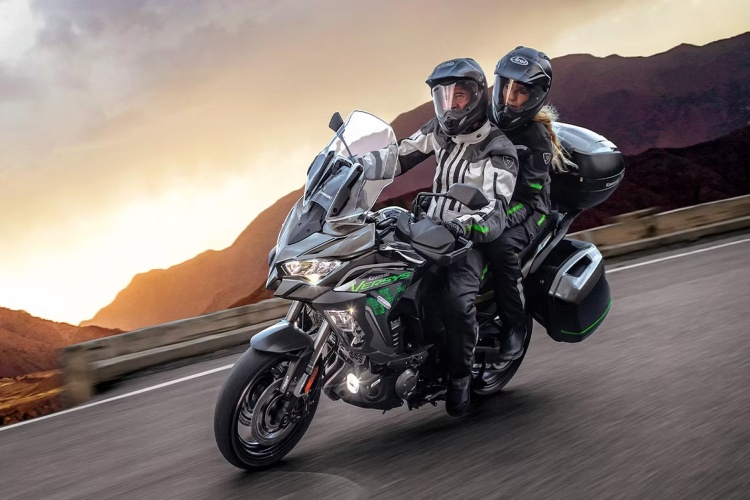
Discover the Best Touring Motorcycles for 2024-2025: Your Ultimate Guide to Adventure
Are you ready to hit the road and explore the world on two wheels? The years of 2024-2025 are set to bring a thrilling array of sports tourer motorcyc...
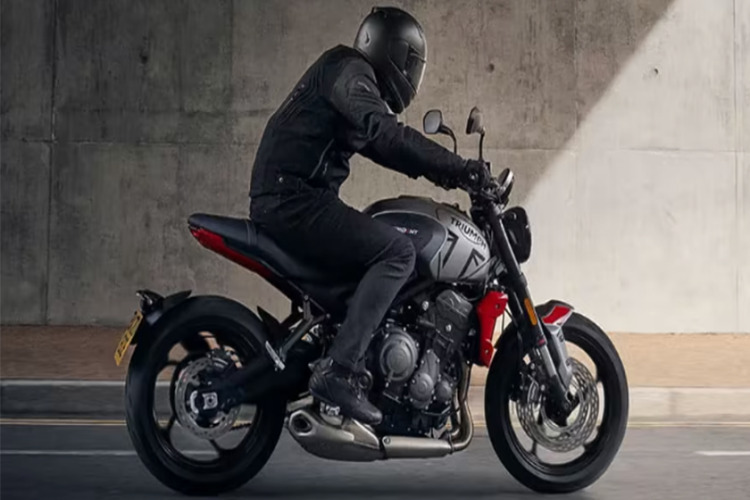
What is a naked motorbike?
Discover the world of naked motorbikes, characterized by their stripped-down aesthetics and versatile performance. This article explores the features,...

How does finance work on a motorcycle
Understanding motorcycle finance is essential for riders looking to purchase their dream bike. This article explores various financing options, includ...
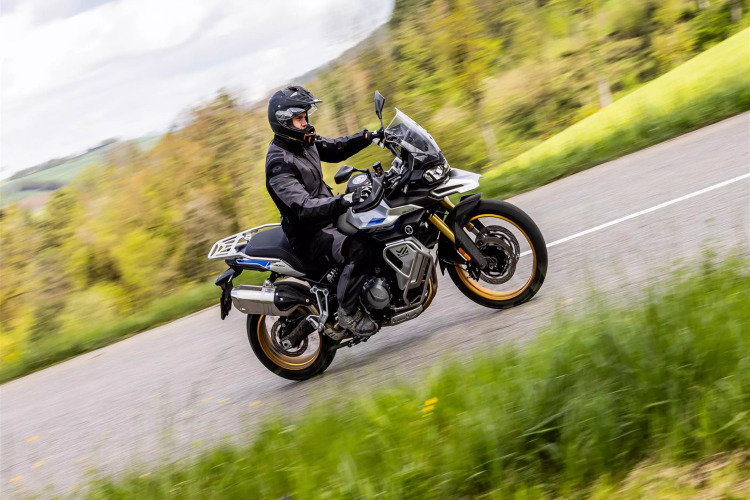
Voge 900 DSX 2024 review
Discover the Voge 900 DSX 2024 in our detailed review! This adventure motorcycle blends style, performance, and technology, making it an exciting choi...
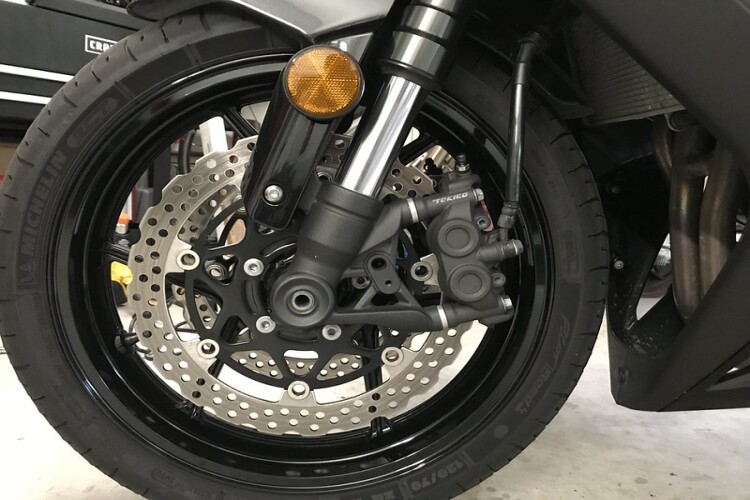
How to clean brake calipers
Keeping your motorcycle's brake calipers clean is essential for effective braking and overall safety. In this guide, we will take you through the step...
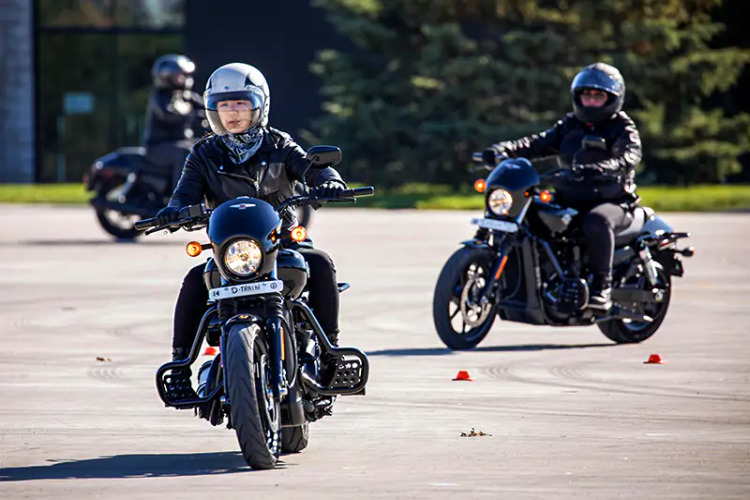
How to ride a motorcycle - First beginner's steps
Are you eager to learn how to ride a motorcycle? This beginner's guide covers essential steps, from choosing the right bike to understanding safety ge...
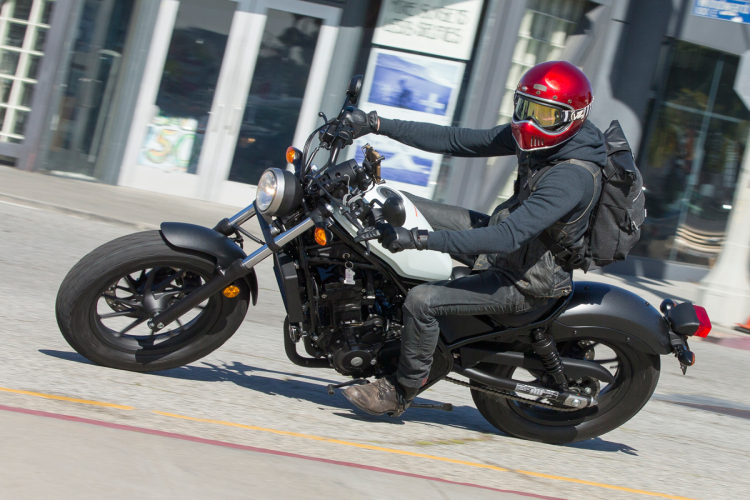
Best beginner motorcycle
Finding the best beginner motorcycle can be a daunting task. This guide explores top models that combine ease of handling, lightweight designs, and af...

Buy motorcycle online - simple procedure with MotoDealers UK
Discover the simple procedure for buying a motorcycle online with MotoDealers UK. Enjoy a hassle-free experience, explore various options, and make yo...
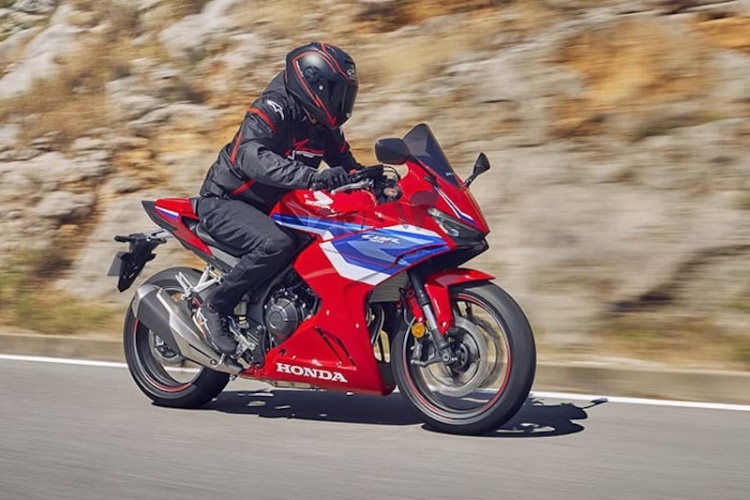
Honda cbr500r near me - one of the most popular bike w UK
Discover the features, performance, and community around the Honda CBR500R, one of the UK's most beloved motorcycles. Whether you're a newbie or a sea...
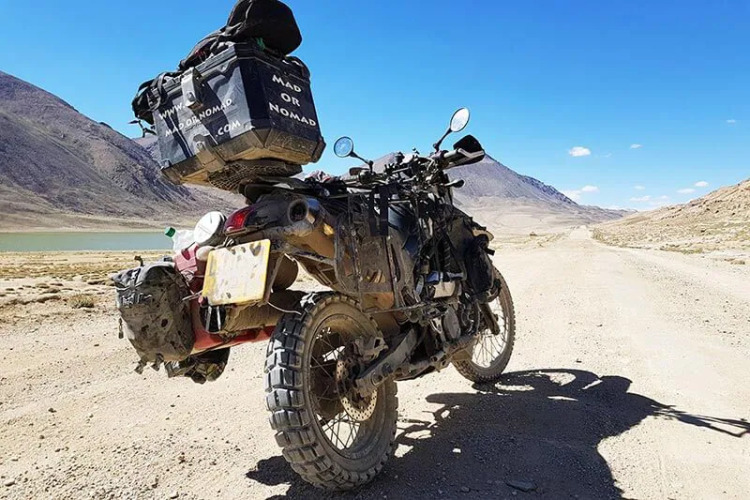
How to pack for motorcycle trip?
Packing for a motorcycle trip requires careful consideration to ensure maximum comfort and safety on the road. This guide covers essential packing tip...

